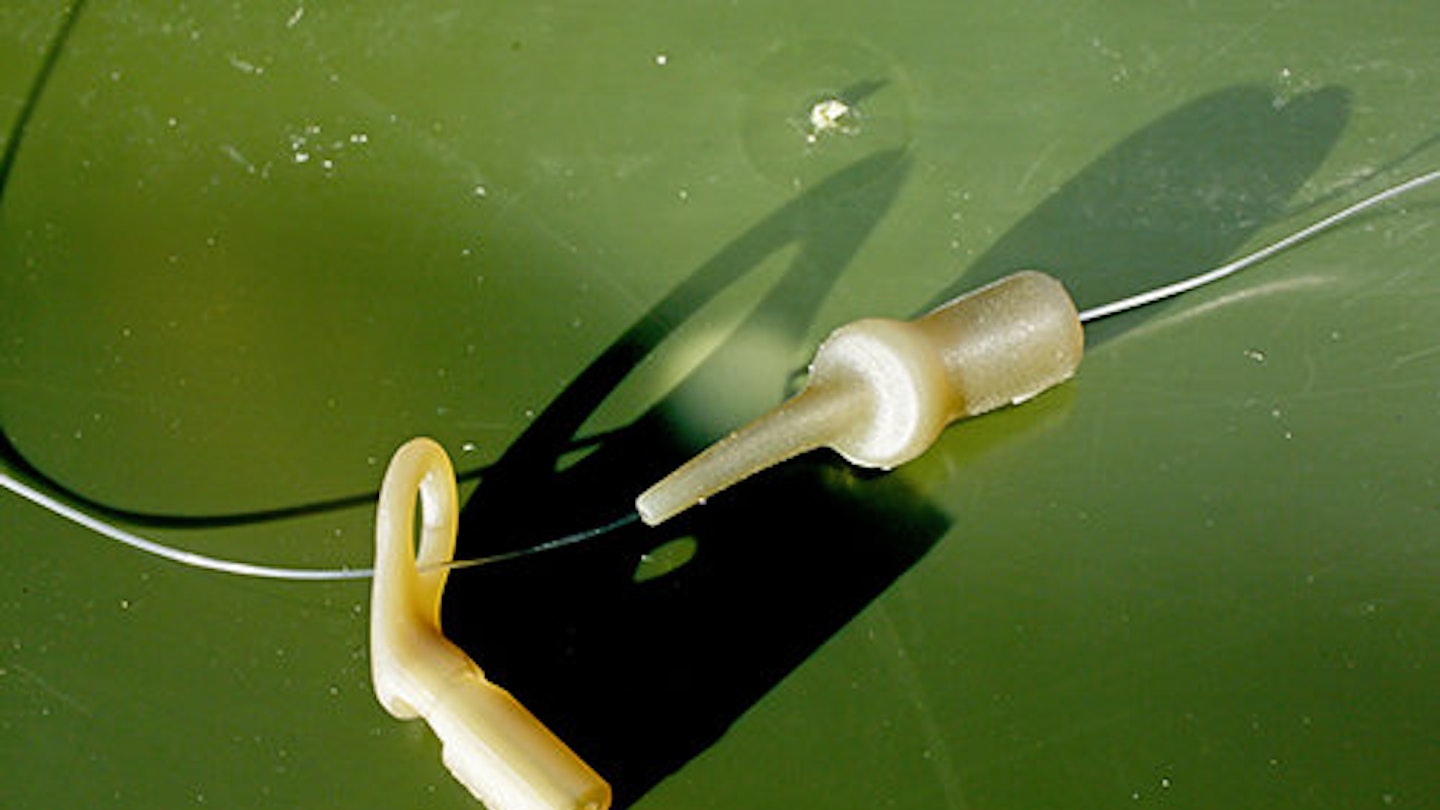Semi-fixed bolt rigs, such as lead clips and helicopter set-ups, are predominantly used by carp anglers.
Running rigs have fallen out of fashion, but they should have a place in every angler’s armoury, especially when targeting pressured carp used to dealing with more common presentations on a daily basis.
FOOL WARY FISH
The main difference between a running rig and other lead arrangements is that the mainline can slide through the weight as soon as a carp picks up the hookbait.
This movement will be transmitted instantly to your bite alarm, providing excellent bite registration. In winter, when fish feed much more sluggishly, a semi-fixed rig can be picked up and ejected without a single bleep on your alarm. A combination of running rigs and switching your alarm’s sensitivity to high, however, will result in even the most finicky bites being registered.
They are also an effective way of fooling carp that have become adept at ejecting the hook when they feel the resistance from a bolt rig. Underwater footage has even shown carp can use the weight to throw the hook out by shaking their head.
A running rig stops them from being able to do this, as the line pulls through and they can’t use the weight as a pivot point.
If you suspect carp are ‘getting away with it', a change to running rigs could be the solution.
GET THE BEST FROM RUNNING RIGS
There are two essential factors required for running rigs to work effectively. First, you must use a heavy lead of at least 3oz. If you use too light a lead, the friction of the line pulling through the eye of the swivel will move the lead. A heavy lead will remain in position when the line pulls through the ring, which allows for maximum bite indication and minimum resistance.
Second, you need to use a dedicated run ring or a swivel with a large bore to enable the line to pass through easily.
WHEN TO USE THEM
Running rigs are best used on firm lakebeds or shallow silt.
If you cast a heavy lead into very deep silt, it could become completely submerged in the soft debris and prevent the mainline being able to pass through the run ring.
Although running rigs are awesome for tricking wary fish, if they are feeding cautiously don’t be afraid to experiment with hooklink material and length as well.
A 10in-12in fluorocarbon hooklink will be almost impossible for a feeding carp to see, and as it has an element of stiffness it will also remain extended and pushed away from the lead. When the hookbait is picked up, this means the movement is instantly transmitted to the bite alarm.
Other ways to improve bite indication and keep resistance to a minimum is to point the rod directly at the spot you’re fishing and use as light a bobbin as possible.
HOW TO MAKE A RUNNING RIG
- Thread the running ring and buffer sleeve on to your mainline or leader
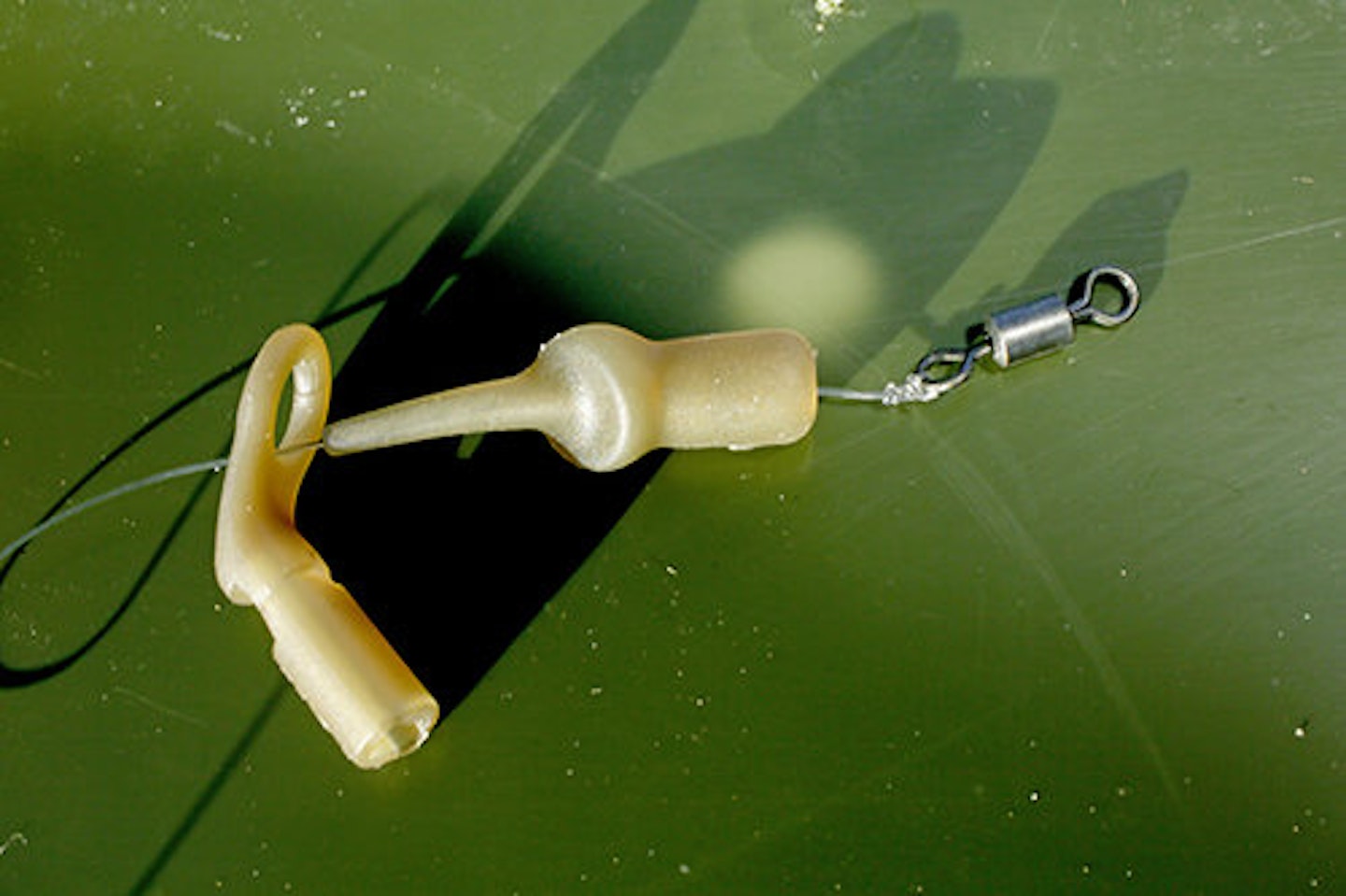
- Attach a swivel to the end of your mainline or leader
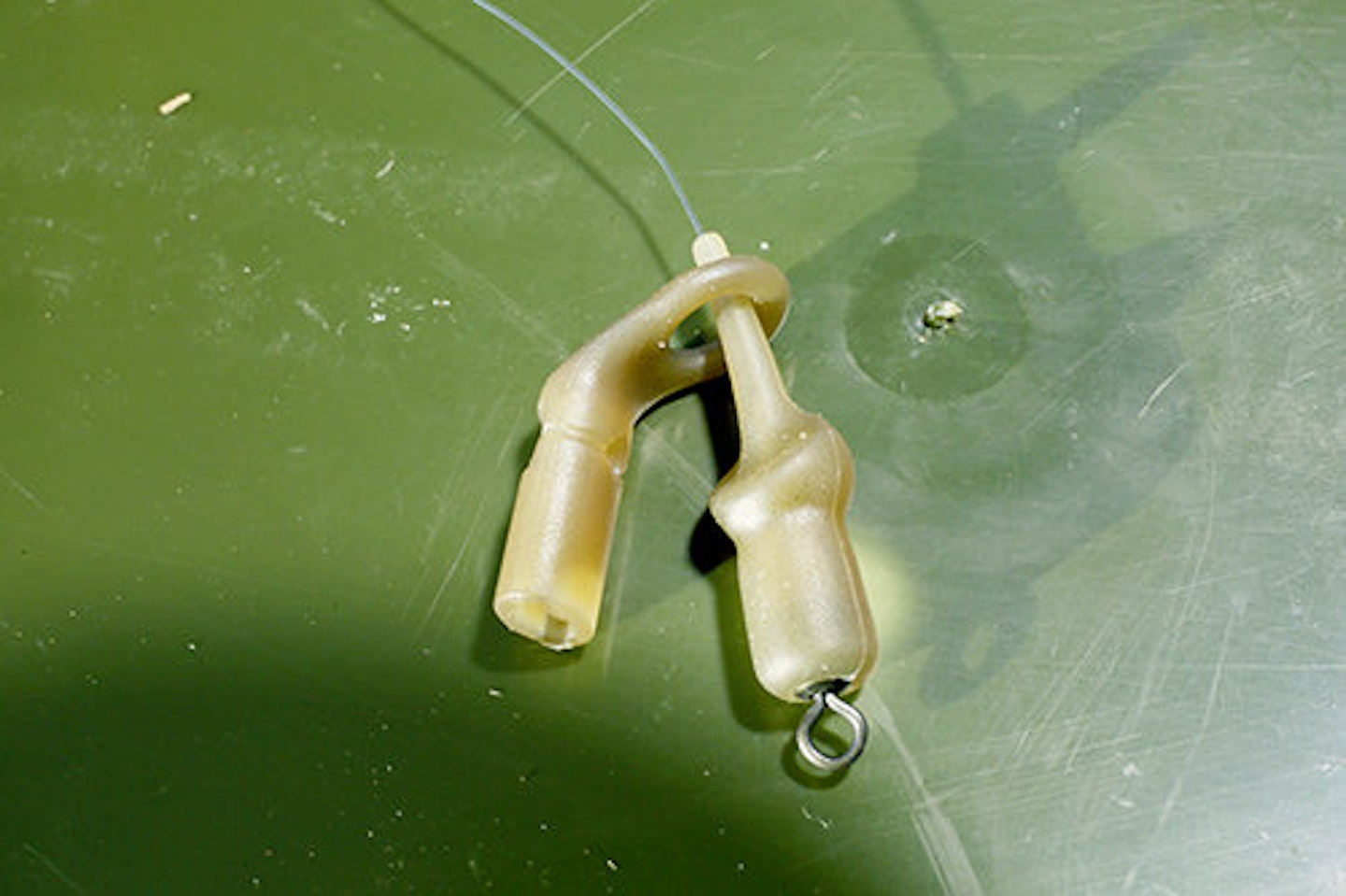
- Push the swivel into the base of the buffer sleeve
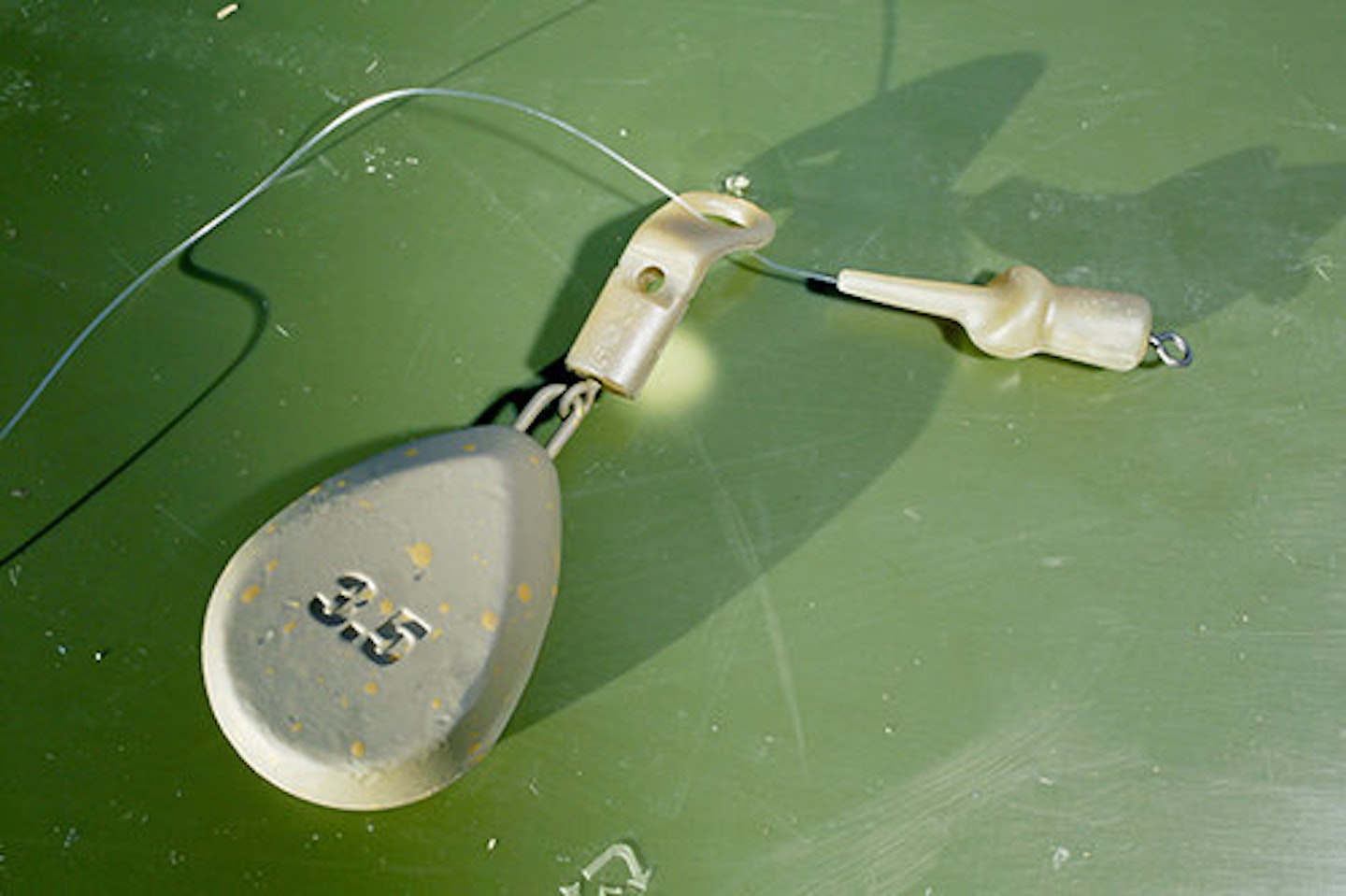
- Insert lead into running ring until the eye of the swivel is level with the hole
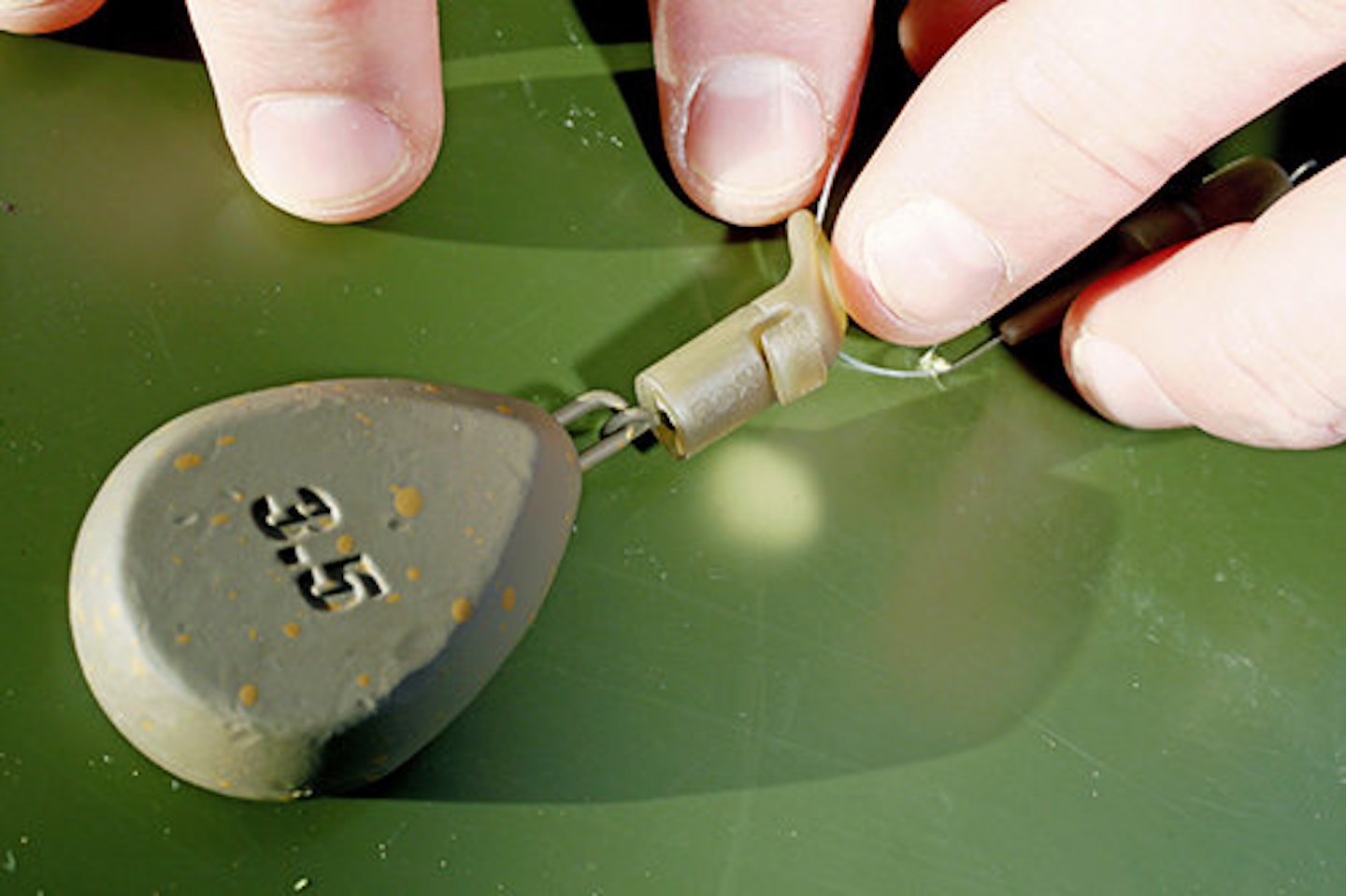
- Push the peg into the hole to fix the lead in place
